Tenured faculty highlights diversity issues at DePaul
DePaul University Lincoln Park campus.
Diversity among professors at DePaul is often criticized as limited. But among tenured professors on campus, the lack of diversity is even more significant.
Of the 528 total tenured professors at DePaul, The DePaulia was able to find 469 through DePaul’s website. The data collected by The DePaulia, though incomplete, shows that out of those 469 professors, 323 are white, 35 Asian, 28 African American and 83 unknown.
Faculty and staff statistics for DePaul are not available for this year and only numbers were given when The DePaulia reached out trying to find out who had tenure, making it difficult to obtain all of the correct data.
At 68 percent, white full professors or associate professors represent the largest portion of tenured faculty.
“I think there are several reasons for that,” said Chernoh Sesay, one of the few African American professors at DePaul with tenure. “One of those is that the numbers at DePaul to some degree reflect general patterns of diversity in high education. But I don’t think that that’s an excuse. I think that DePaul has a big enough name, it’s an impressive enough institution that and it’s in a wonderfully diverse urban area that it would be a major attraction for people of diverse groups.”
Although Chicago is one of the most diverse cities in the U.S., diversity among faculty at DePaul offers a stark contrast. In 2017, there were 916 full-time faculty and out of that, only 332 were not white. That is only 36 percent of DePaul faculty.
In the Institutional Research & Market Analytics (IRMA) data, the lack of diversity on campus is apparent. It shows that from 1996 to 2017, DePaul has only seen an increase of 6.26 percent to 7.3 percent of African American full-time faculty.
The IRMA data shows that if it continues at a rate of a 1 percent increase every two decades, African Americans would not constitute 10 percent of DePaul’s full-time faculty until sometime in the 2030s.
“Not only is it kind of more difficult for concerned faculty of color to become full professor, in the last five years and even decades, DePaul has lost significant numbers of faculty of color that include women at the full professor level,” Sesay said. “So, the question becomes outside of bringing in new faculty, what is the university doing to support faculty of color?”
Data from IRMA shows that from 2013-2017, there was a decrease in faculty, going from 975 in 2013 to 916 in 2017. Even though the largest group of professors to leave during that time was white, they still have the highest percentage of professors at DePaul.
Sesay has been at DePaul since 2006 and since then, the African and Black Diaspora Studies at DePaul has not gotten a new tenured track line. This would be an obvious place to increase diversity and put money into the program so they can hire more people of color.
Sesay said at least three professors of color who were tenured or tenure tracked left DePaul because they were so disillusioned with how the School of New Learning was handled. Many faculty and students at the School of New Learning were of color and with the way the situation was handled, they decided to leave DePaul instead of staying on at a different school.
“If there was a true commitment to diversity there, the way which that situation was handled would’ve been different,” Sesay said.
Due to the low percentages of diversity on campus, the few that are of color are asked to do things involving diversity that white professors are not.
“I’m asked to do a lot of diversity work and this is true of a lot of my colleagues who are of color or are allies,” Sesay said.
Sesay has been asked to be part of diverse panels along with professors who are Asian, Hispanic and others. Even though Sesay said he is happy to do that for the students and for the university itself, he still has mixed feelings regarding why he is the one asked.
“The fact that I’m asked to do certain types of service that I see other faculties not being asked to do creates an additional problem,” he said.
Diversity amongst professors will need to make massive changes in hiring to even slightly increase the percentage on campus now. While white professors break the 300 mark of who have tenure and over 500 of who is on campus, every other group has not made it over 70, tenure or not.


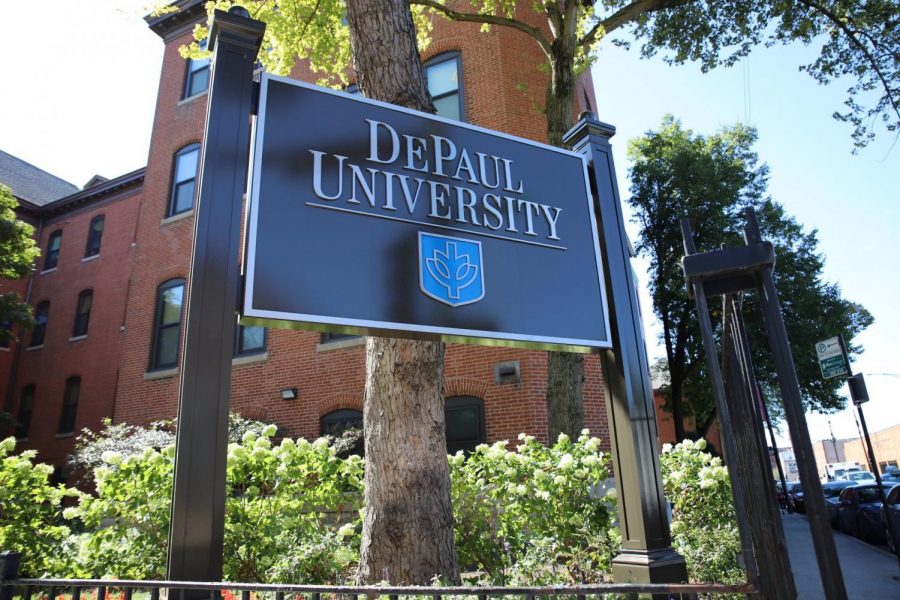
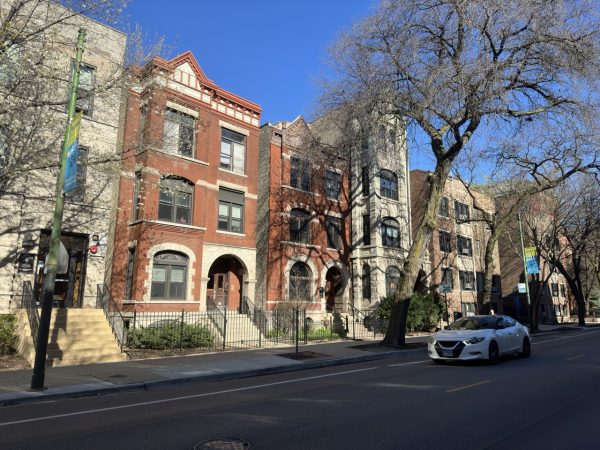






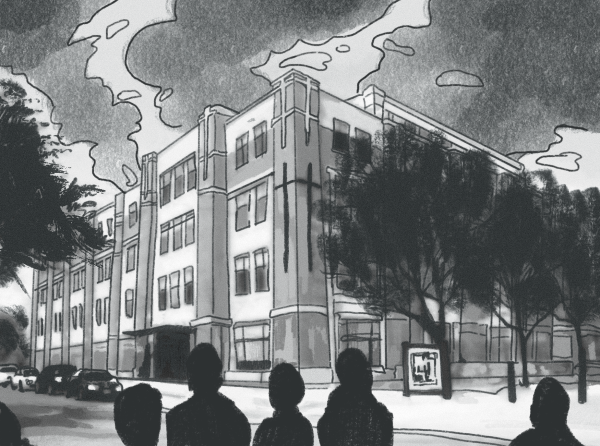
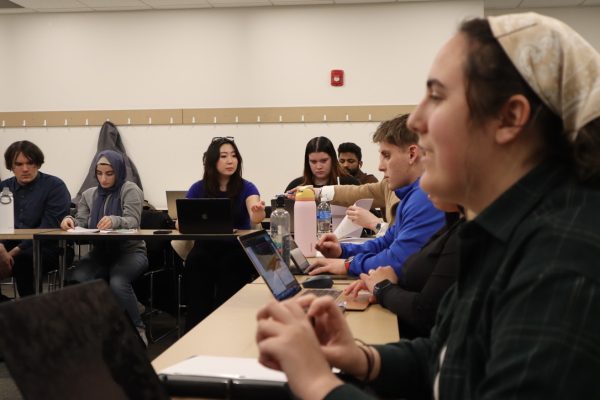

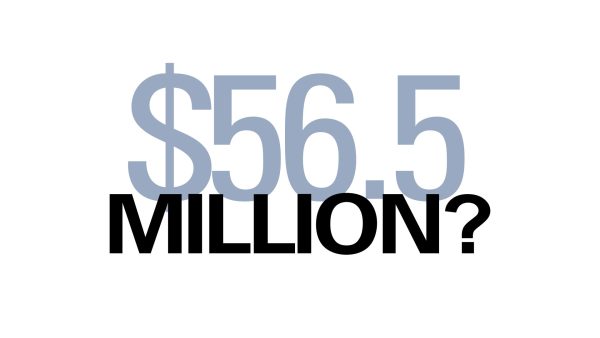

Megan • Nov 18, 2019 at 10:37 am
With the information that she had access to, Keira did an incredible job researching for this article! What an eye-opening realization that the door still isn’t wide enough for POC in University work spaces.